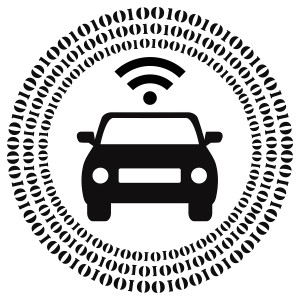


Widespread use of autonomous vehicles will completely transform the motor insurance sector over the long term when liability begins to shift towards manufacturers and traditional risk pools shrink, according to a report published by Fitch Ratings.
“The question of who is liable in the event of a crash involving an autonomous vehicle will be fundamental to the future of the motor insurance industry,” said the report titled “Driverless Cars to Transform Motor Insurance – Insurers Will Have to Adapt to Stay Relevant.”
Over the years, Fitch expects that risk coverage will shift from personal motor insurance policies to commercial product liability.
To stay relevant during the transition to self-driving vehicles, insurers will be forced to diversify in search of other profit sources, while some insurers that fail to adapt will disappear, the report warned.
The report emphasized, however, that these changes will take many years and will create new opportunities for firms that can take advantage of a massive increase in connected data to price risk more accurately.
However, the transformation has begun, Fitch said, pointing to proposed UK regulations based on a “single insurer model,” which would cover both conventional and automated cars.
Introduced to Parliament in February 2017, the Vehicle Technology and Aviation Bill would require compulsory motor insurance for self-driving vehicles but would enable the insurer to reclaim costs from the manufacturer if a crash was caused by technology failure, Fitch explained.
Data Sharing Essential
“Data captured at the time of a crash will be essential in determining whether the insurer or manufacturer is liable for compensation,” while data sharing between carmakers and insurers will be essential for product development, the report said.
“Recorded data could provide underwriters and actuaries with greater ability to understand and price risks, while data sharing between the manufacturer and the insurer will be vital for determining who is liable for the cost of compensation,” Fitch said.
The ratings agency noted that early movers in telematics technology could be at an advantage “as they have already established processes for handling the large datasets that will be needed.”
Cyber Risk Exposure
“Driverless cars are likely to rely on connected infrastructure, which could make them a target for hackers or even used in a terror attack,” the report said. “Under the UK government proposals, the insurer would not be able to exclude the liability if the crash was caused by hacking, which could potentially expose insurers to large losses.”
As cyber risk is not a specialty of personal lines insurers, Fitch believes that this element of policies likely will be reinsured, “leading to a further increase in demand for cyber reinsurance.”
While the transition has begun, Fitch said it will take at least a decade before these effects become notable and much longer for a full transition to driverless cars.
“Over the next 10 years, we expect the most notable effect to be a reduction in claims costs due to the increased use of advanced driver assistance systems (ADAS),” which should put downward pressure on insurance prices, although this will be partly offset by higher repair costs, the Fitch report continued.
“In the longer term, it is likely that the traditional motor insurance risk pool will shrink significantly, forcing insurers to diversify and look for other sources of business and profit.”
Source: Fitch